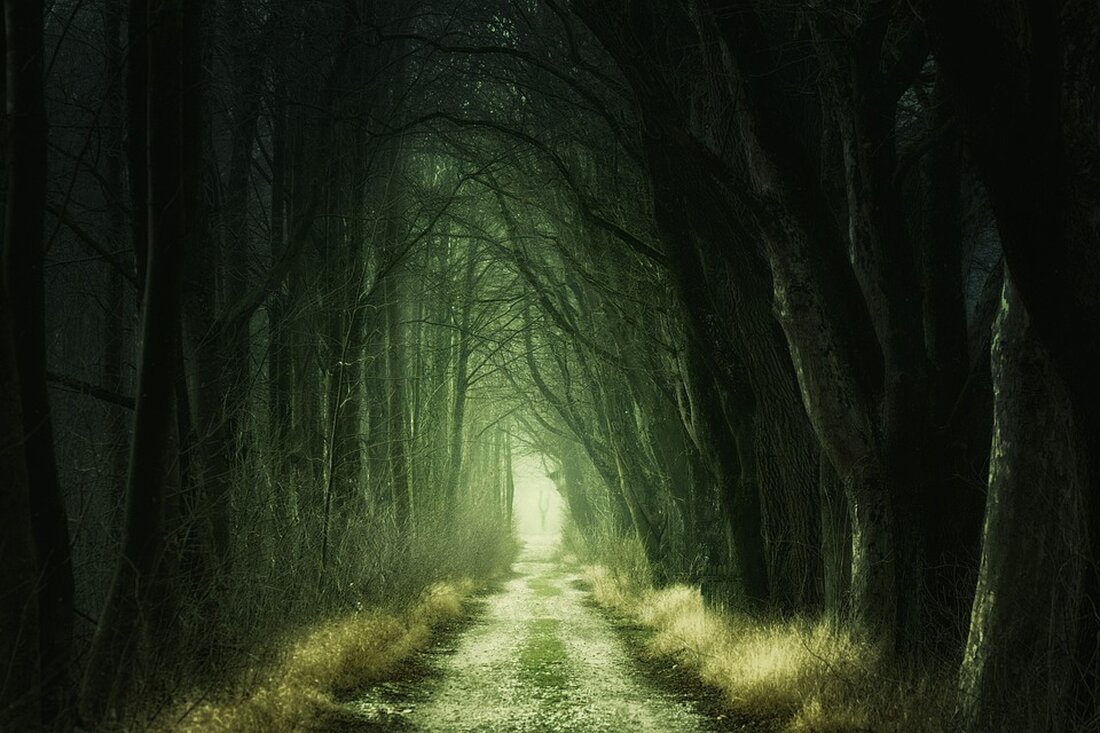Funding program enables green courtyards to increase the climate silicop of Berlin
Funding program enables green courtyards to increase the climate silicop of Berlin
Funding program more green farms to make Berlin climate patterns
Berlin. In Friedrichshain-Kreuzberg, thanks to a Höfe funding program. Senator Manja Schreiner wants to expand it all over Berlin.
Actually, it is a typical courtyard of a tenement house in Berlin's Wrangelkiez. But where in the past only a lonely chestnut tree stood next to a rhododendron shrub in the middle of stone floor slabs, a pretty bed of about 60 square meters is now created - including a small seat island in the shade of the tree. This was made possible with the program of the environmental office Friedrichhain-Kreuzberg called "Grüne Höfe" since 2019. It is intended to encourage residents of apartment buildings to seal the courtyard on their own and to green them. "The green greenery program will help to make Berlin climate robusters. And the refrigeration helps the flora and fauna," says Manja Schreiner (CDU), Senator for Climate Protection and the Environment, when visiting the courtyard garden on Heckmannufer.
The senator can cost a lot. "As a senate administration, we want to support the program, plan 250,000 euros for the coming year and for 2025,000 euros," says Manja Schreiner. The money will come from the five billion euros in special assets for climate protection, which are inherited to the various Senate administrations.
With the expansion of the program to all of Berlin, the senator wants to revive an old capital city tradition from the pre-reunification times. In the western part of the city, a yard greening program was launched in 1983. Even then you knew about the too few green areas in the inner -city areas. There were similar measures in East Berlin. After reunification, the program was extended to the entire Berlin inner city area. A total of over 1,600 projects were granted from 1983 to the hiring at the end of 1995, 740,000 square meters of farm and facade areas and 65,000 square meters of roof areas were green.
until 2019 it took that the Friedrichshain-Kreuzberg district introduced it again. "We want to make nature tangible in the neighborhood itself, farm for courtyard, piece by piece," said Annika Gerold (Greens), district councilor for the environment. Anyone who lives in the highly petition but densely built -up district and wants to make their courtyard greener will sooner or later probably sitting opposite Vera Thoß. Twice a week, she offers her consultation, once in Kreuzberg, once in Friedrichshain. She looks at the base cracks of the courtyard with the interested parties or looks over on site, hears what the residents have in mind, explains what seems sensible to her - and what less. "We see how the soil conditions are, how much light shines into the courtyard. And of course what the residents would like: whether they want an ornamental garden or whether it should be child -friendly. Or whether the garden should offer many fruits," said Vera Thoß.
In the courtyard of the house on the banks of the Heckmann seems little light. In addition to the buildings, the chestnut and the two neighboring god trees do a great job. "That is why plants have been chosen here that can cope well with a lot of shadows," said green consultant Thoss. For example the yellow lark spur, the brown stork beak (which, however, blooms purple) or woodruff, but also fruit -bearing plants such as forest berries.
The finished garden concept then ends up on Patrick Mahlow's desk. He is responsible for species protection in the Friedrichshain-Kreuzberg environmental office. For a long time he was allowed to release a maximum of 1500 euros per project, now even up to 3000 euros


Kommentare (0)